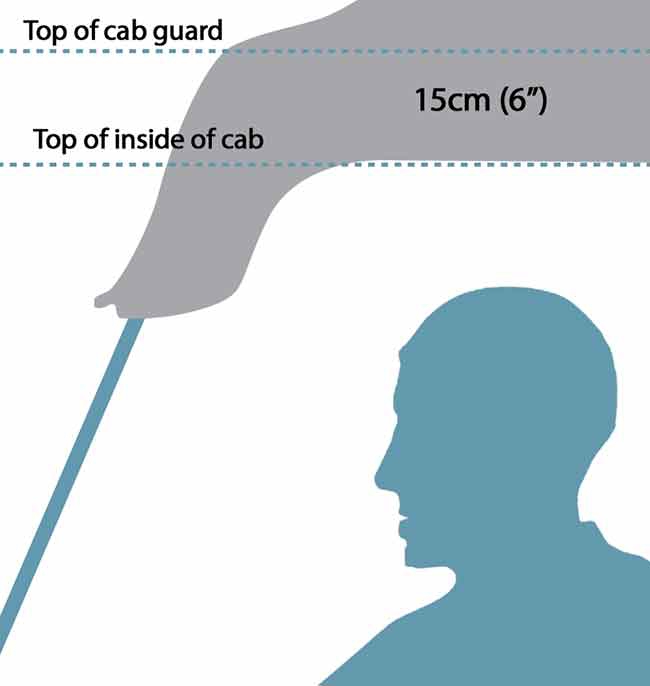
Features
Harvesting
Transportation
Winter driving
October 23, 2015 - In B.C, we typically see an increase in commercial vehicle incidents during the winter months, particularly during the transition periods from fall to winter and winter to spring. Driving during these periods takes extra skills, preparation and time when compared to driving on the clear, dry roads of summer.
October 23, 2015 By Dustin Meierhofer
 In B.C
In B.CSnow, ice, and cold temperatures make roads more slippery and cause your truck and trailer to react differently. An efficient pre-trip check is
especially important during winter months to ensure that your equipment is ready for winter conditions. This includes ensuring tires are in good condition and chains are available for use when required. Good ways to avoid problems on winter roads is look ahead and keep plenty of distance between yourself and other vehicles (at least four seconds). Another excellent way to stay safe out there is to drive at, or below, the posted speed limit. The speed limit is designed for passenger vehicles during ideal road conditions, not commercial vehicles – especially not in winter driving conditions.
Driving during the winter months can be anything but ideal, particularly on resource roads. If you find yourself in compact snow and/or icy road conditions, you are better able to react if you are driving to the conditions.
In the unfortunate event that you do crash or rollover, your cab guard may be critical in ensuring your survival. For those operating vehicles that are required to have a cab guard installed, it is important that you are aware of the new cab guard requirements that WorkSafeBC released on August 12 of this year. The guideline assists parties in determining if a cab guard complies with section 26.65 of the Occupational Health and Safety Regulation. It includes the method to determine cab guard height, width and structural requirements. The guideline also discusses WorkSafeBC’s approach to cab guards that aren’t compliant with certain requirements of section 26.65.
The cab guard must be 15 centimetres (six inches) taller than the cab area of the log truck under section 26.62 (2)(A), or as tall as the cab area for a self-loading log truck under section 26.65 (3).
In recent decades, a number of developments in the design of commercial vehicles, including sloped roofs, sleeper compartments, and air foils, have made the traditional measurement difficult for some vehicles. To recognize these changes, WorkSafeBC accepts other measures of cab height. These measures must ensure that the driver and passenger area in a moving log transporter are protected. In most log transporters, the interior ceiling immediately above the driver may be used to determine cab height.
In addition to extending 15 centimetres above the cab, the guards must also be as wide as the cab. This means the cab guard must be as wide as the driver and passenger area. Items that are located outside the driver and passenger area do not form part of the cab for the purposes of measuring width.
For more information on these guidelines please visit: www2.worksafebc.com/publications/OHSRegulation/GuidelinePart26.asp
Dustin Meierhofer is the director of transportation and northern safety at the BC Forest Safety Council and a member of numerous industry working groups committed to improving safety and efficiency. Dustin is a registered forest professional (RPF) and has more than 20 years of experience as an operations forester within the province of B.C.
Print this page